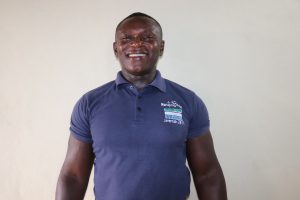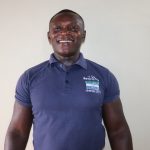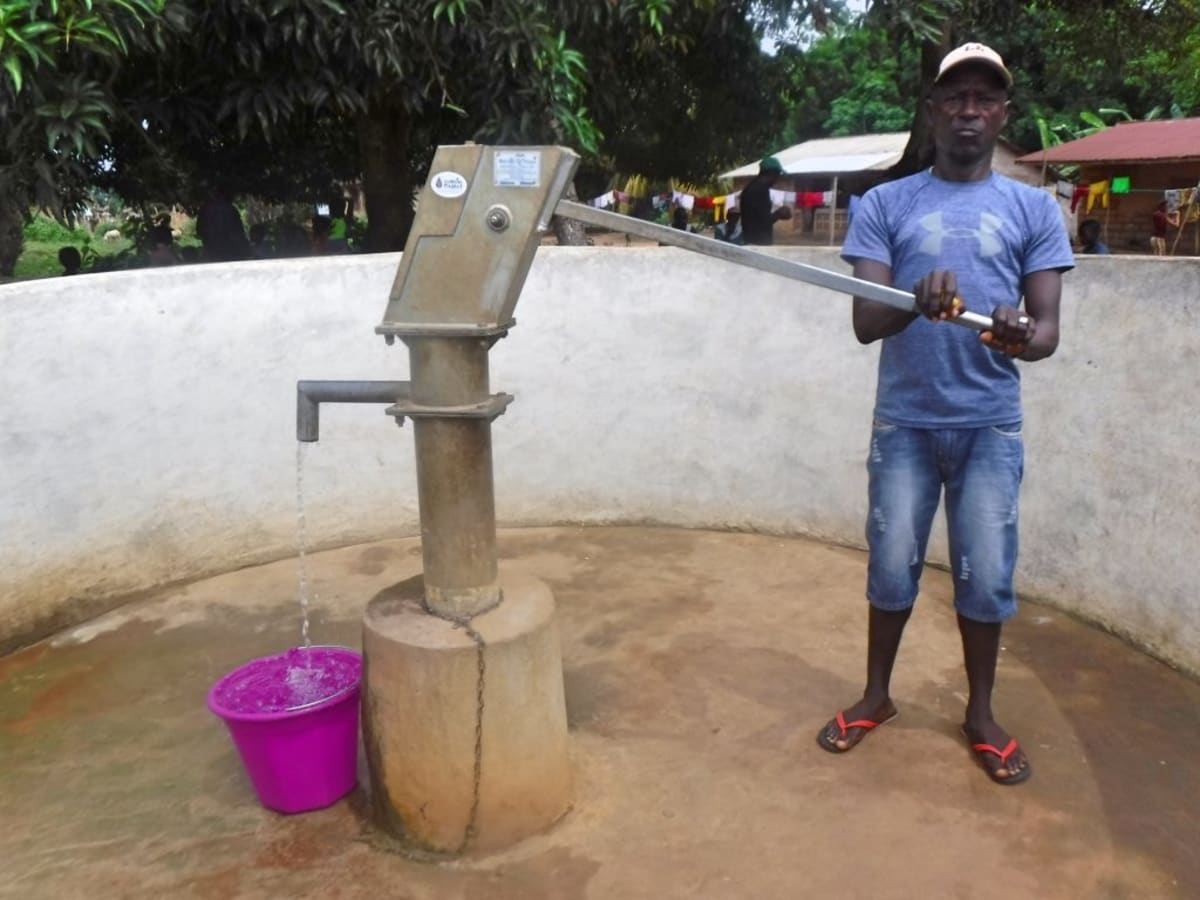January, 2023: Sangoya Community Borehole Project Complete!
We are excited to share that there is now a safe, reliable borehole well at Sangoya Community. As a result, community members no longer rely on unsafe water to meet their daily needs. We also conducted hygiene and sanitation training, which focused on healthy practices such as handwashing and using latrines.
"The new water point is really a blessing to me because I use to face challenges to fetch water from the stream," said 17-year-old Bintu. "I [had to] wake up early in the morning every day to fetch [water]. The footpath road leading to the stream is dangerous, and a lot of people [would] already be there. My parents do not want to know anything about that. All they want to see at home is water. This had me to be going late to school, which is really against my wishes."

Bintu fills a container with water at the celebration.
"Since the new water point is here now, I will be punctual in school," Bintu continued. "I want to thank [you all] for providing us with safe and pure drinking water. This water point will help us to reduce the water challenges we faced earlier, and it will enable us to practice better hygiene behaviors."
"The new water point has helped me to prepare food for my household on time," said 31-year-old food trader Adama Kamara, whom we spoke to when we first visited Sangoya.

Adama, left, in the striped shirt, splashes water with other community members.
"Initially, I used to face water constraints because we were having one well to fetch water," Adama continued. "The protected hand-dug well is in the school, and it is a distance away from my house. The well is normally congested in the morning hours. The majority [of] people in the village go to the well to draw water from it. The long waiting time to fetch water from the well hinders me to prepare breakfast for my husband before going to the farm. Therefore, this new water point will reduce all this water difficulty I used to face. I will now be able to prepare breakfast on time."

Adama pours water at the celebration.
"Likewise, the new water point will help me to do my trade with ease," Adama said. "Spending [a] long time waiting for water at the well not only hinders my cooking time, but also affects my trade. I [would] be unable to go on time to sell my products to customers. Finally, the alternate source (stream) is extremely dangerous. There [are a] lot of snakes, scorpions, and other harmful animals [there, which] has affected a sizable number of people leading to serious health problems. I have lots of health challenges due to the use of this water. The new water point will improve my health because the water is safe and pure for drinking and other domestic uses."

We held a dedication ceremony to officially hand over the well to the community members. Several local dignitaries attended the ceremony, including representatives from the Port Loko District Council and the Ministry of Water Resources. Each official gave a short speech thanking everyone who contributed to this water project and reminding everyone to take good care of it. Then, Bintu and Adama made statements on their community's behalf. The ceremony concluded with celebration, singing, and dancing.
New Well
The drill team arrived the day before beginning work. They set up camp and unpacked all their tools and supplies to prepare for drilling the next day. The community provided space for the team to store their belongings and meals for the duration of their stay. The following day, work began.

Our team dug two pits next to the drill rig, one for the drill’s water supply and another for what the drill pulls out of the borehole. In some cases, we order a private supplier to deliver the water for drilling since water access is already challenging.
Day one of drilling began as the team mixed water with bentonite, an absorbent clay, in the two dug pits. Next, the team fixed a four-inch carbide-tipped bit to the five-foot-long drill stem. They started the mud pump to supply water to the drill rig so that drilling could begin!

After putting each five-foot length of drill stem into the hole, the team took material samples. We labeled the bags to review them later and determine the aquifer locations.
On the second day of drilling, the team expanded the hole and cleared it of mud. After reaching a total depth of 23 meters, the team forcefully pumped clean water into the well to remove any dirt and debris from the drilling process. We then protected the screened pipe by adding a filter pack. The team hoisted the temporary drilling casing to fortify the pipes with cement.

Next, we bailed the well by hand for three days before conducting a yield test to verify the water quantity. This well has a static water level of 11 meters. With these excellent results, we installed a stainless steel pump. Water quality test results showed that this was clean water fit for drinking!
New Knowledge
Before conducting any hygiene training, we called and visited the local water user committee to understand the community’s challenges and lack of sanitation facilities. We shared the findings from our discussions with the committee members to help them make the necessary adjustments before the training began. For example, we identified households without handwashing stations or ones that may need to repair their latrines. With this information, community members worked together to improve hygiene and sanitation at home.
After this preparatory period, we scheduled a time when members from each household using the water point could attend a three-day hygiene and sanitation training. We then dispatched our teams to the agreed-upon location to hold the meeting.

Training topics covered included handwashing and tippy taps, good and bad hygiene habits, disease transmission and prevention, COVID-19, worms and parasites, proper dental hygiene, proper care of the well's pump, keeping the water clean, the cost recovery system, the importance of using dish racks and clotheslines, the importance of toilets, keeping latrines clean, balanced diets, the diarrhea doll, and HIV and AIDS.

The community was most interested to learn about diarrhea, its causes, and proper treatment, since almost everyone in Sangoya suffered from diarrhea while drinking water from the stream. Trainers asked how they used to treat diarrhea, and community members said they usually eat local remedies like dried cassava flakes, guava leaves, and traditional herbs. Facilitators recommended that everyone follow the safe food- and water-handling practices described in the training, and if someone became dehydrated from diarrhea, administer Oral Rehydration Solution to rehydrate them quickly.
Bintu, quoted earlier, is relieved to have water close by to help her enable these new hygiene behaviors.

Bintu (right) proudly holds up her hygiene training certificate of completion alongside Abubakarr Bangura from the Port Loko District Council.
"I have [been] trained [on] how to construct tippy taps for handwashing, and I was thinking about the water fetching [involved], but now the water is available next to my door," Bintu said. "This will enable us to do proper handwashing with enough safe and pure water. Also, the new water point will help the community to reduce the spread of waterborne diseases transmitted. Children and women are mostly responsible to fetch water, [and] with that, it will be our responsibility to always keep the water point clean and avoid harmful practices such as laundering, bathing, and fighting [at the water point]."
Adama (quoted earlier) was also thankful for the new knowledge from the training.
Adama said: "This hygiene and sanitation training was so important to me because during this training, I have gained knowledge on the most important things in life that we were referring to as less important, which are personal and environmental hygiene. This training has helped me understand that we acquire so many diseases through unhealthy practices like allowing our children to defecate openly, which is a normal practice of people in this community, including me. Little did we know that we were the ones causing the illnesses. [They were] not due to devilish practices as we sometimes assumed. By putting all that we have learned into effective use, we all will stay healthy in this community."
Conclusion
This project required a substantial collaboration between our staff, our in-country teams, and the community members themselves. When an issue arises concerning the well, community members are equipped with the necessary skills to rectify the problem and ensure the water point works appropriately. However, if the issue is beyond their capabilities, they can contact their local field officers to assist them.
Also, we will continue to offer them unmatchable support as a part of our monitoring and maintenance program. We walk with each community, problem-solving together when they face challenges with functionality, seasonality, or water quality. Together, all these components help us strive for enduring access to reliable, clean, and safe water for this community.
With your contribution, one more piece has been added to a large puzzle of water projects. In our target areas, we’re working toward complete coverage of reliable, maintained water sources within a 30-minute round trip for each community, household, school, and health center. With this in mind, search through our upcoming projects to see which community you can help next!
Thank you for making all of this possible!

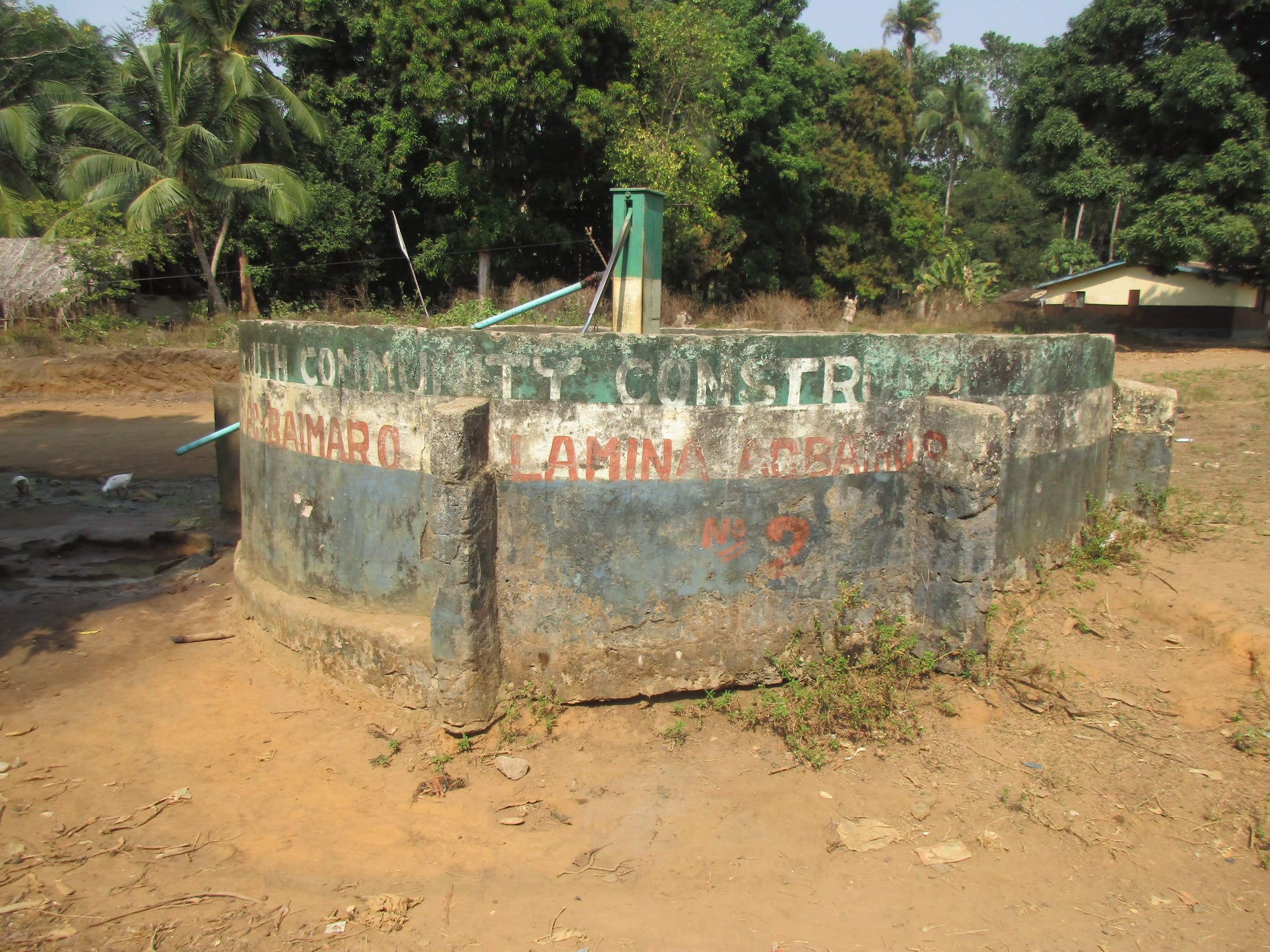

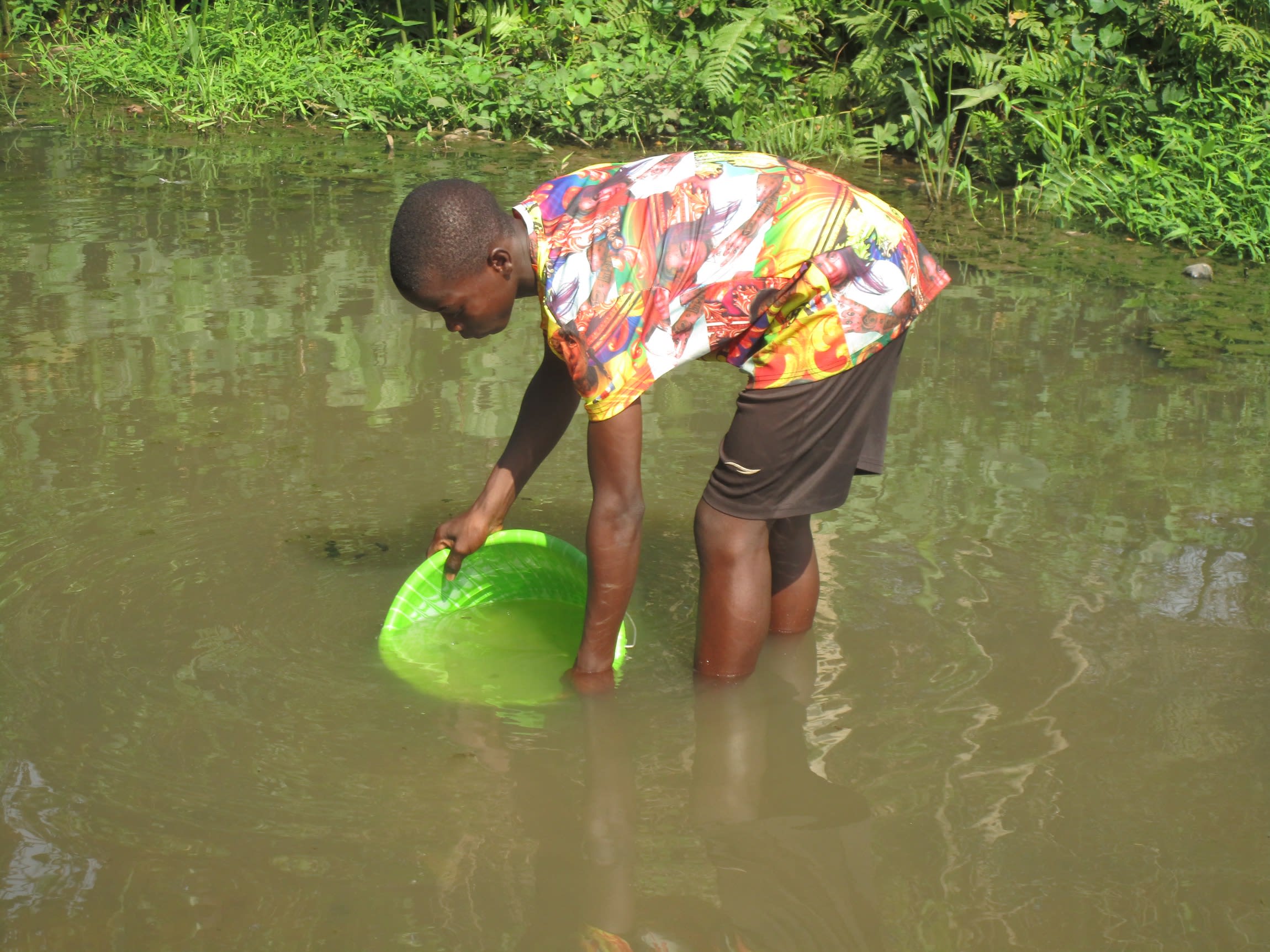
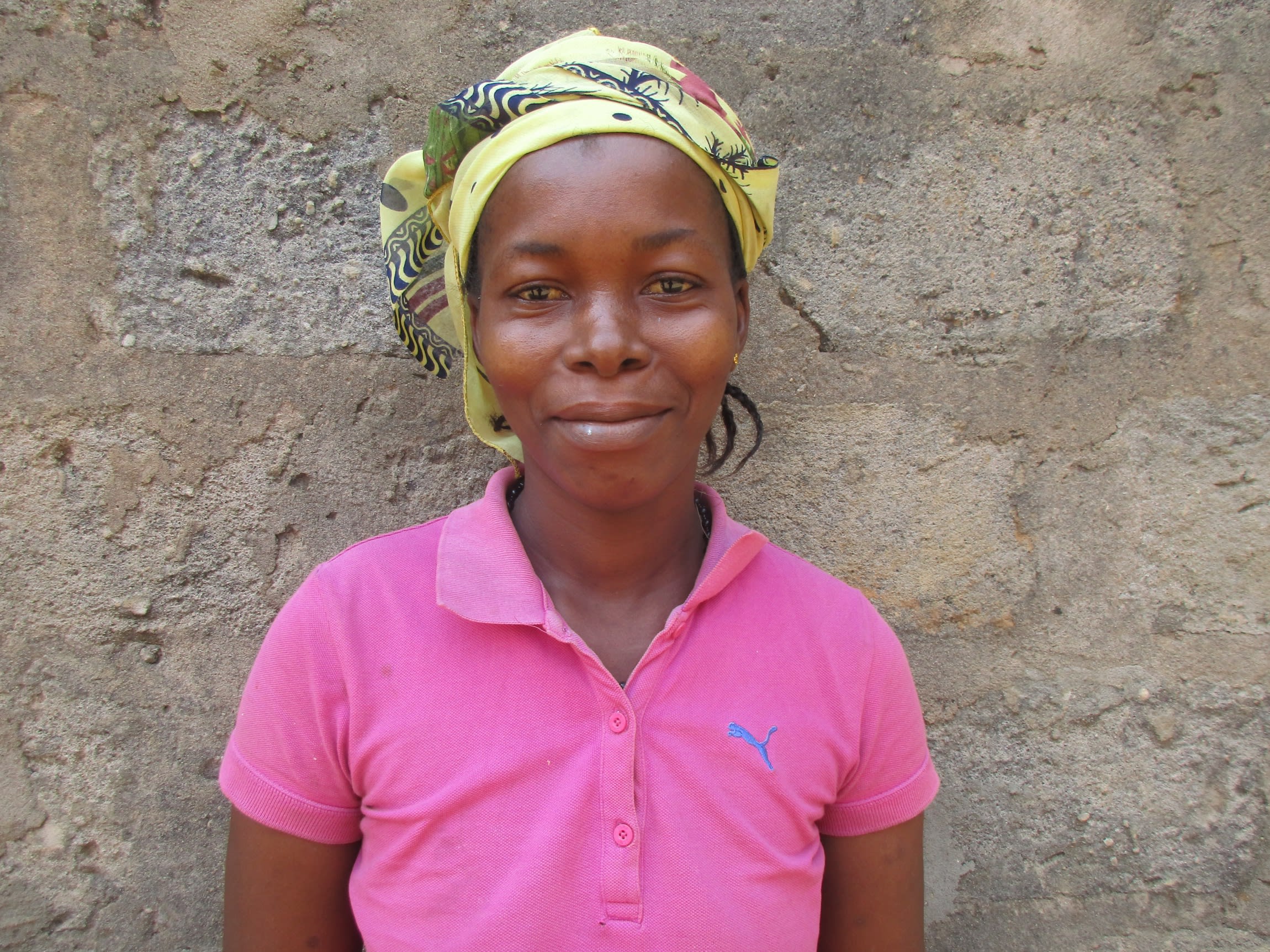

 Borehole Well and Hand Pump
Borehole Well and Hand Pump
 Rehabilitation Project
Rehabilitation Project








